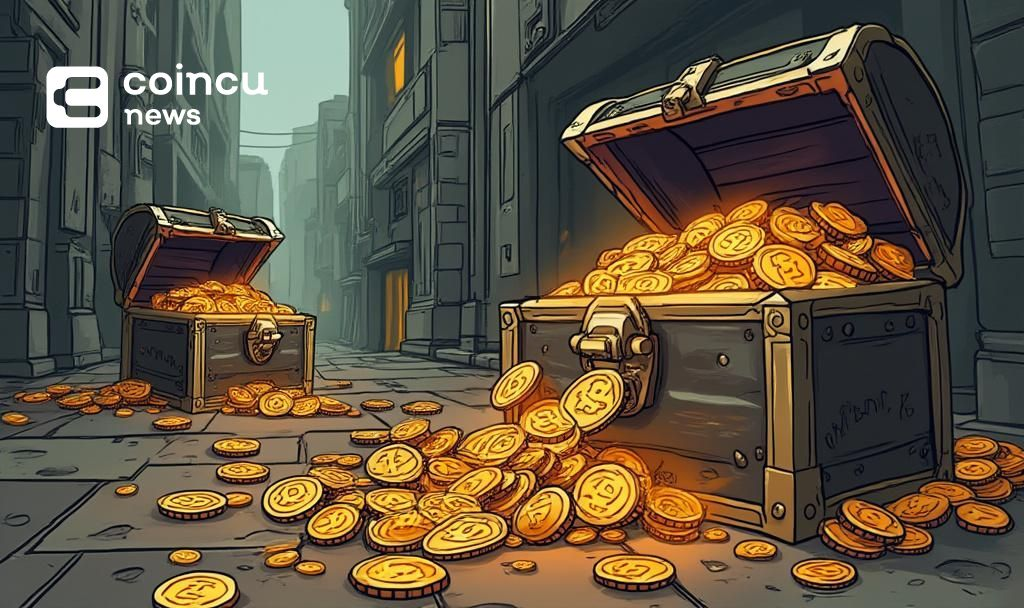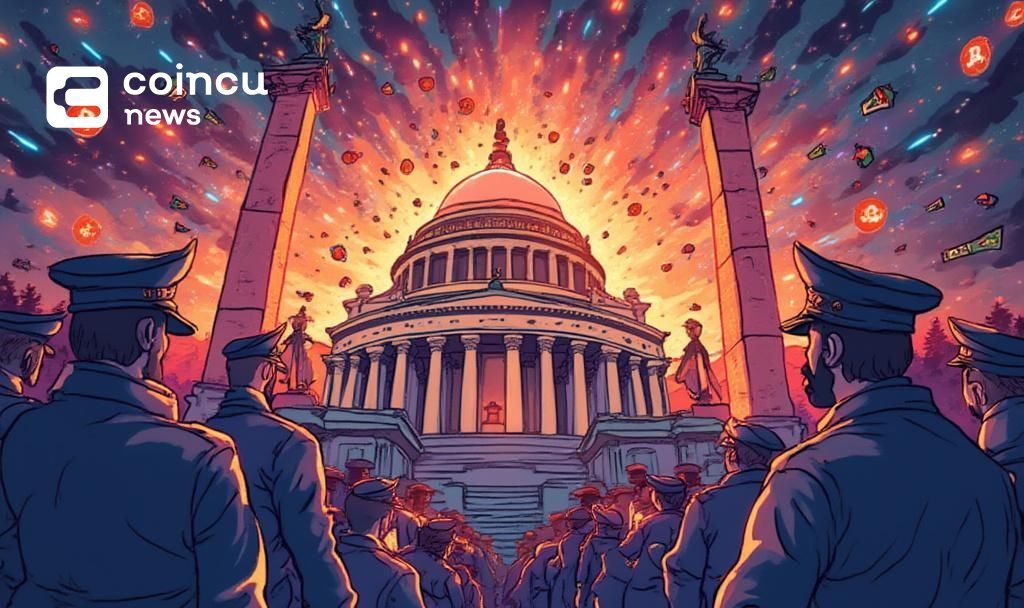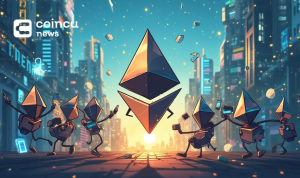$108148.154
At CoinCu News, we give both basic and in-depth articles on the latest news in the cryptocurrency and blockchain sectors.
John Kojo Kumi is a cryptocurrency researcher and writer specializing in emerging startups, tokenomics, and market dynamics within the blockchain ecosystem. With years of experience in crypto journalism and blockchain research, he provides in-depth coverage of decentralized finance (DeFi), NFTs, and Web3 innovations.
He holds a Bachelor of Arts in Geography and Rural Development from Kwame Nkrumah University of Science and Technology, Kumasi, bringing a multidisciplinary perspective to the evolving digital asset space. As a Crypto News Writer, he tracks and reports on industry trends, while his role as a Registrar at the Commission on Human Rights and Administrative Justice reflects his commitment to governance and transparency.
His expertise spans content strategy, SEO optimization, and technical research, enabling him to craft insightful, data-driven analyses. Passionate about blockchain’s transformative potential, he strives to equip readers with the knowledge to navigate the complexities of digital assets and decentralized technologies.
News
Elon Musk’s America Party Proposal Garners 65% Support
Elon Musk's poll shows 65.4% support for a new America Party amid U.S. political tensions.
Jul
Elon Musk’s Poll on New Political Party Garners Attention
Elon Musk's proposal for an "American Party" gains attention with over 1.24 million votes.
Jul
Cambodian-U.S. Reciprocal Tariffs: Joint Statement Imminent
Cambodia, U.S. agree on reciprocal trade tariffs. Joint statement expected soon amid ongoing financial negotiations.
Jul
Hong Kong Introduces Stablecoin Licensing to Enhance Financial Stability
Hong Kong's new stablecoin licensing aims to boost financial stability, mandatory 100% reserve backing included.
Jul
ZhongAn Online Raises HK$3.92 Billion in Share Placement
ZhongAn Online completes HK$3.92 billion share placement amid Hong Kong stablecoin policy boost.
Jul
Elon Musk’s Poll on ‘American Party’ Approaches Deadline
Elon Musk's poll on founding 'American Party' draws 1.16M votes, 65% say 'Yes.'
Jul
Coinbase Highlights Unusual $8 Billion Bitcoin Transfer
Coinbase's Conor Grogan uncovers potential breach after dormant Bitcoin moves in a notable $8 billion
Jul
Stablecoin Inquiry Tops Douyin’s Trending List Amid Market Surge
Stablecoin trends on Douyin amid USD Coin's growth and regulatory shifts.
Jul
Gillian Lynch Appointed Head of Binance’s Europe, UK Operations
Gillian Lynch to lead Binance's European operations, boosting strategic expansion amid regulatory shifts.
Jul
[tptn_list how_old="7" limit="5" title_length="0" heading="0" show_date="0" ]
[tptn_list how_old="30" limit="5" title_length="0" heading="0" show_date="0" ]






















